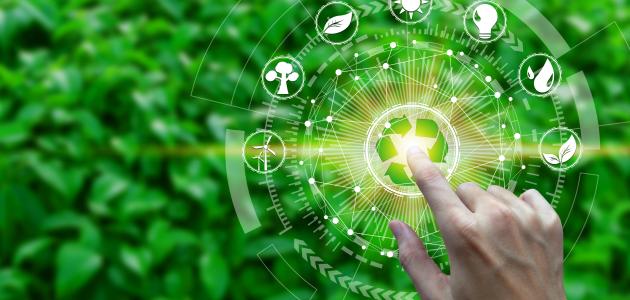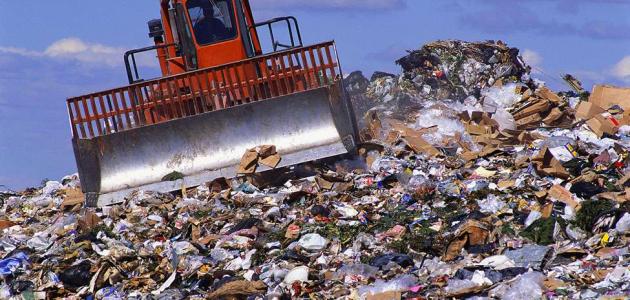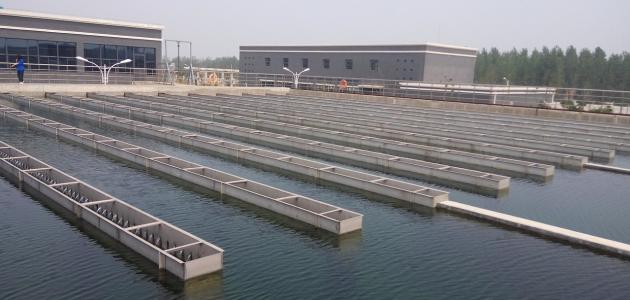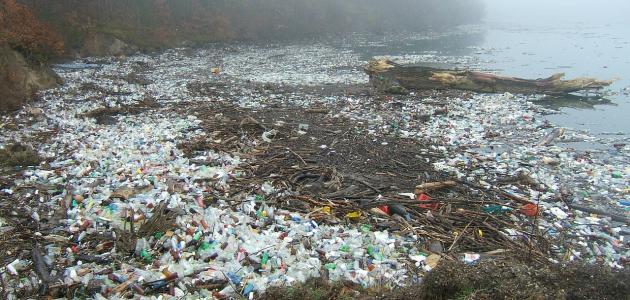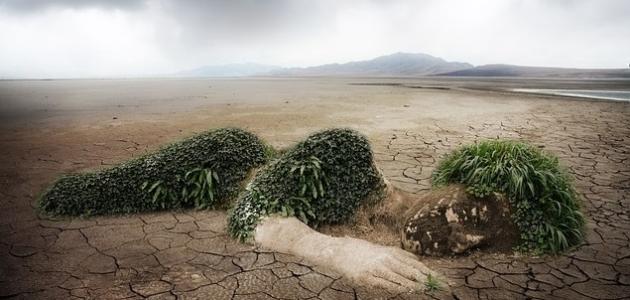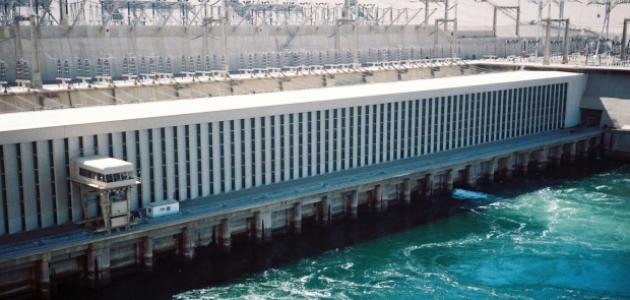Waste
Waste, waste, or waste are dirty and redundant materials, such as toxins and excesses that come out of all living organisms. In general, it is difficult to establish an accurate definition of waste due to the difference in dealing with these wastes from one region to another, as some countries of the world resort to managing waste and waste from Through a set of operations, which are control, collection, treatment, and then disposal of waste. The goal of these operations is to reduce the damage resulting from the accumulation of waste in the environment and society.
Waste components
- Papers, newspapers and paper materials used in packaging operations.
- Plastics such as beverage containers and ready-to-eat foods.
- Metals such as cans, appliances and building materials.
- Window glass and beverage containers.
- Wood used in furniture, building materials and panels.
Results of throwing waste on the street
air pollution
Waste and waste form methane gas, which rises to the upper layers of the atmosphere, leading to air pollution that humans and various living organisms inhale. Some harm may result from this pollution, such as acid rain, global warming, and respiratory diseases, and the incidence of chest and heart diseases increases. People's immunity decreases and they become more susceptible to microbial diseases.
Read also:Definition of household wasteSoil contamination
Some countries resort to disposing of waste accumulated in roads and public streets by burning or burying. Therefore, harmful and toxic materials seep into the ground, leading to groundwater pollution, deterioration of crops and agricultural products, and the country’s suffering from the phenomenon of desertification, erosion, and the lack of suitability of the soil for agriculture.
Water pollution
When waste is disposed of in rivers and seas, this leads to water pollution, and the consequences of this pollution include poisoning fish and humans alike, eliminating the life of aquatic organisms, and so on.
Exposure to accidents
Some people are exposed to accidents due to the accumulation of dirty materials in the streets, especially if the driver encounters a group of containers full of waste on his way.
Distortion of nature
The appearance of the street or road filled with waste and dirty materials is distorted, unpleasant odors spread, and the vital system is affected due to the accumulation of waste in a certain area.
The spread of disease
The accumulation of waste in the streets threatens the health of residents and community members. Because piles of waste encourage the proliferation of bacterial and viral materials and spread germs, rodents, and mosquitoes, which leads to the spread of diseases and epidemics among community residents, such as bioaerosols. Microorganisms associated with waste move in the air and multiply greatly, and when inhaled in large quantities for a long period of time, a person becomes anaphylactic.
Read also:Natural balance and environmental protection
